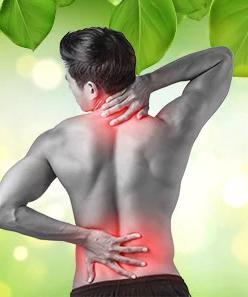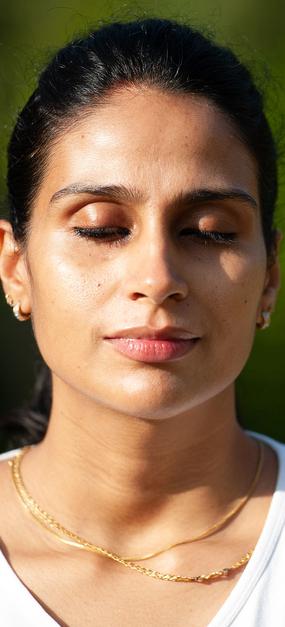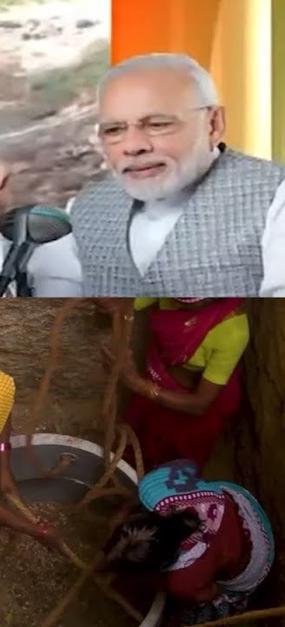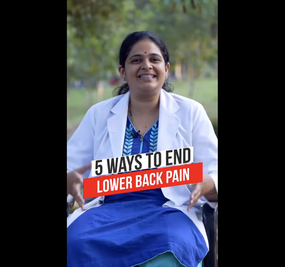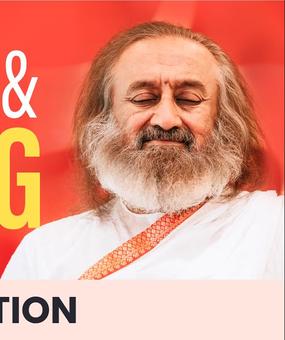Back pain in men is annoying and intolerable. Sometimes the pain is excruciating and with the slightest movement of the back, the patient screams, “Ahh…”.
A study conducted among a young adult Indian population revealed that Indian youth are also prone to developing Lower Back Pain (LBP). It identified various modifiable and non-modifiable risk factors for LBP in young adults. Identifying these risk factors can prevent the progression of acute to chronic back pain.
Risk factors of back pain in men and ways to prevent them
- Age – Older men are more likely to experience back pain due to the wearing of muscles than younger men. But today, back pain is more commonly starting around age 30 or 40.
- With no movement / Lack of exercise – The unused muscles become weak in the back and abdomen leading to back pain.
- Suffering from types of cancer or arthritis can add to back pain.
- Overweight – Excess weight can add stress to the back.
- Incorrect and repeated lifting – Lift weight using your back instead of your legs, or else the muscles spasm in the back. Instead of repeated lifting, take breaks. Lift weights with a helper or use proper lifting techniques. While lifting weights, maintain a continuous straight line from the back of your neck to the base of your spine.
- Anxiety or depression causes muscle tension aggravating back pain.
- Substance use – Smoking or using other tobacco products causes coughing leading to herniated disks. Smoking can also reduce blood flow to the spine and increase the risk of osteoporosis.
- Strenuous occupational activities – The men in many families complain of back pain due to their minimal movements and strenuous posture in their sitting jobs or long-standing hours at work. Jobs that are physically demanding require lifting and pulling (like firefighters, Emergency Medical Technicians or paramedics). Frequent lifting and pulling of heavy objects strain the back, shoulders, and musculoskeletal system. It may also result in injuries to the shoulders and back.
What are the reasons for back pain in men?
- Local back pain (pain in your spine, muscles and other tissues in your back)
- Back pain in the spine due to
- Arthritis
- Spondylitis – causes inflammation and stiffness in the spine
- Trauma/injury
- Tumor
- Disc degeneration – With age, discs can get flat and provide less protection to the vertebrae
- Back pain confined in your tissues due to
- Ligament strain
- Muscle strain
- Muscle tightness
- Back pain in the spine due to
- Radiating back pain (pain from a problem in an organ that spreads to the back or feels like it is in your back).
- Gallbladder inflammation
- Kidney infection and kidney stones
- Liver problems
- Pancreatitis
- Sexually transmitted infections
- Perforating stomach ulcers
- Urinary tract infections
- Testicular injury
- Prostatitis
- Men with sleep disorders are more likely to experience back pain than others.
- Back pain is most likely related to prostate cancer in the later stages if it spreads to the bones. Metastatic prostate cancer most often reaches the spine, ribs and hips.
- A sudden awkward movement can strain back muscles and spinal ligaments. For people in poor physical condition, constant strain on the back can cause painful muscle spasms.
- Discs act as cushions between the bones in the spine. Bulging or ruptured discs can press a spinal nerve.
- The spinal bones can get fractured during an accident, like a car crash or a fall. Medical conditions like osteoporosis increase the risk of fractures.
How to reduce back pain in men?
Back pain exercises for a healthy spine and a good posture
Dr. Ankita Dhelia, Consultant Osteopath & Craniosacral Therapist, suggests these exercises.
Exercise 1
We tend to move the neck and waist, but the middle back is often ignored leading to a hunch. This exercise also relieves pain between the shoulder blades.
- Sit on a chair.
- Place your right hand in line with your shoulder with your elbow bent at a right angle and your fingers pointing forward.
- Keep your arm parallel to the ground and your palm facing downwards.
- As we take the arm forward, tilt your head to the left (opposite side).
- Next, take the arm back from the elbow and tilt your head to the right (same side).
- Repeat ten times.
- Now, practice the exercise with your left hand.
Exercise 2
This exercise does wonders for your upper back, trapezius neck and shoulders.
- Sit on a chair.
- Interlock the fingers and place them behind the head at any level.
- Bend the right arm so that the elbow points forward.
- Push the other elbow backward.
- Stretch as much as you can comfortably.
- Repeat ten times.
- Now, practice the exercise with your left hand.
For more spinal exercises, visit our blog 7 Spine exercises at home.
Yogic Stretches
Practicing one set of these asanas daily helps to keep the back strong and flexible.
- Ardha Chakrasana (Standing Backward Bend Pose)
- Marjariasana (Cat stretch posture)
- Shishuasana (Child pose)
- Ustrasana (Camel Pose)
- Bhujangasana (Cobra Pose)
- Dhanurasana (Bow Pose)
- Setu Bandhasana (Bridge Pose)
The bottom line
Chronic lower back pain in men disrupts the individual quality of life and increases the economic burden. Hence, spreading awareness about the modifiable risk factors in young adult populations may lead to lifestyle modifications, improving their quality of life and increasing productivity.






